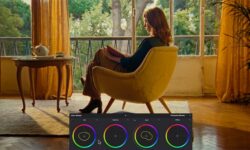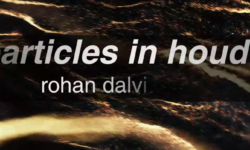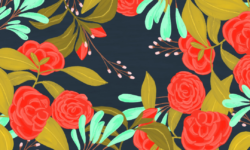LAB Color Foundations Part 4 – Optimizing Node Trees (in DaVinci Resolve)
Release date:2014, December 10
Duration:00 h 13 m
Author:Patrick Inhofer
Skill level:Intermediate
Language:English
Exercise files:Yes
DaVinci Resolve: Node Trees for LAB – Working more efficiently
Should you do all your LAB colorspace work in a single node? Or in multiple nodes?
Should the LAB node be at the start of your node tree or should you save it to the end?
Organizing Your Nodes in LAB
Deciding where to perform operations can be challenging in DaVinci Resolve. It’s architecture is very free-form and it’s not always clear which operation to perform first.
Flipping a node into LAB is another one of those murky ‘where does it go?’ operations.
LAB or L / A / B or something else?
The first inclination of most colorists is either work entirely within one node or isolate each color channel into its own node. But there are other combinations that make a ton of sense with LAB.
And once we figure out our ideal approach, where does it fit in with our ‘normal’ RGB color grading nodes?
That’s what we’ll explore in this Intermediate Level Insight, which will assume you’ve got a basic understanding of how to re-organize your node trees (and have watched the previous Insights in this series).





 Channel
Channel





